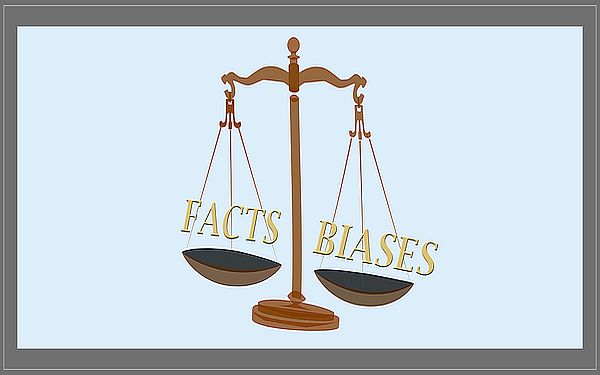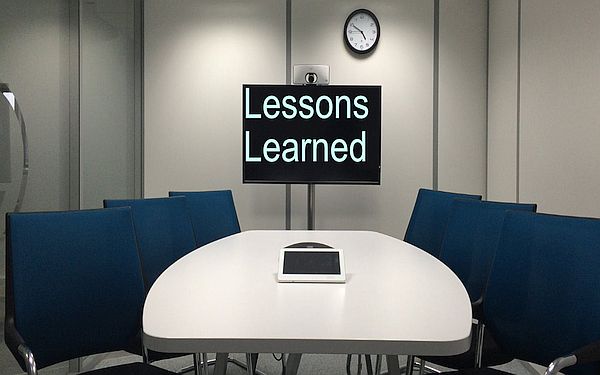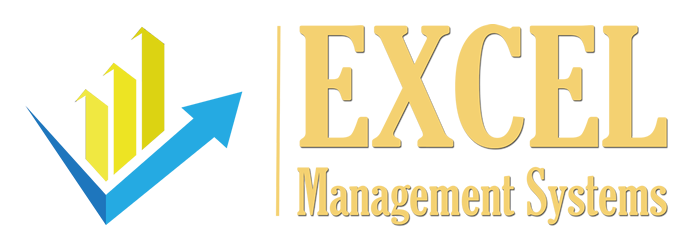
Tip Of The Week
A quick article, one that allows the reader space to self-reflect, and gain insight into what attributes they themselves might inspire to excel towards. We all can improve, and learning about the different styles – that’s a step in the right direction. 20 Signs of Leadership Excellence

Tip Of The Week
Is company culture a key to winning the war for top talent? Flexible work & its permanency? Learning to embrace the shifts in workplace culture will be essential as businesses move into 2022.

Business Valuation Services
Do you know the first step to determine the value of stock options? Without a certified valuation service, it can be difficult to ensure that a company is providing a valuable benefit to employees or is adequately paying for goods or services by offering stock options. The IRS usually now requires…

Tip Of The Week
Do you recognize, and try to avoid, key biases that can damage your decisions? You shouldn’t be basing your decisions solely on how you feel. Optimized decision-making occurs when reliable information such as data, best practices, experience, and knowledge are combined into the process.

Business Valuation
Are you struggling to understand the valuation of preferred stock? Or even the type of stocks? A certified valuation service can take the pressure and worry from learning formulas and applying valuation models. They return comprehensive reports with specific values for all forms of stock or units within your company.

Tip Of The Week
Challenge your mindsets, and gain that level of confidence and success-oriented outlook we all want to achieve within ourselves. No matter how skilled you may be, it’s your mindset that will make or break a business.

Tip Of The Week
TIP OF THE WEEK comes from David Finkel, author of the 4 Things You Should Be Focusing On This Quarter. In his article, he illustrates just how dangerous complacency can be. It’s a powerful wake-up call for anyone in business that can create a sense of urgency when you fail to plan.

Tip Of The Week
Listening to others is important. You need to fine-tune your guiding values and morals and become an expert in relevant areas. Make sure everyone knows your expertise. How important is your personal leadership? Do you know how to set your own direction and make decisions quickly? Being a real business leader is more than just echoing the voice of the majority

Business Valuation
The discount for lack of marketability (DLOM) can mean a significant reduction in the value of your stock based on its ability to be marketed adequately. This is one of three discounts that need to be taken into consideration for overall stock, equity, and business valuations. There are several key points that a certified valuation expert will consider when trying to estimate the discount for lack of marketability.

Optimization
Vistage Staff did some research to help CEOs and other senior leaders overcome being stuck in the weeds. In their article How CEOs overcome being stuck in the weeds, they address some reliable ways to clear the field and help you to begin to lead the way you envision. Some positives: Plant something for the future: 1. Develop the team, 2. Delegate tasks, 3. Trust your executive team, 4. Overcome fear of failure. Some Negatives: Start digging your way out!

Tip Of The Week
Reese’s ideas are imaginative and highly useful. They provide us with ideas for setting a better direction and vision of where we want our company to be. It gives us a process to help make better decisions. He does warn, however, “that new leaders come into companies and want to copy and paste winning strategies from past experience, without first listening to the insights and feedback of customers and existing employees”.

Tip Of The Week
With these seven steps, you and your team can create exponential value from ideas, grow an innovation economy, and master idea management. According to Baiya, your ideas are ready for action and you can master idea management—and, in turn, master successful innovation. By the end of the article, you’re left with the belief that change is possible on any level, and brainstorming helps process, capture, and evaluate ideas critical for company growth.

Tip Of The Week
Do you allow your employees to help determine where the team is headed? Marcel examines leadership, and what it takes to lead others. He provides readers with 6 key behaviors to look for. When dealing with an organization’s most appreciable asset (people), Marcel notes the importance of identifying and developing high-performing employees. Business leaders need to understand how employees feel, and then determine a good strategy to navigate the demands of the future.

Tip Of The Week
In their article 4 ways hobbies can help you become a better CEO, Vistage Staff touches on the life-balance aspect of living. Rather than a distraction, having a hobby can make you “feel happier, more fulfilled and less burned out”.
…having a hobby can make you “feel happier, more fulfilled and less burned out”

Tip Of The Week
Business strategy: Why we need to think like scientists he notes that In the formation of strategy, CEOs should think like scientists”!
We all understand that we need to use data to make informed decisions. Emmer lists 8 data points and methods for evaluating those decision-making processes. He briefly describes the 8 data points and what those points might mean for your business

Tip Of The Week
This week’s article Diversity gains importance as a strategy for CEOs, comes from Joe Galvin. Joe is the Chief Research Officer for Vistage Worldwide. In his article, he discusses the importance of Diversity and Inclusion (D & I), and how to use that as a recruiting strategy for your business.
Joe suggests looking over your strategic plans and re-evaluating your goals or objectives when it comes to diversity and inclusion.

Business Valuation Methods
You may need to show your current cost of capital if you are trying to elicit investments for your company. This is to say that your lenders will want to know your financial standing in order to estimate if the cost to them is even remotely worth the risk.
There are several specific business models that can be used, but for business valuations, the cost of capital is the RISK associated with any investments or valuation related to the business. The HIGHER the cost of capital the larger the risk and the lower will be the present value of the business.

Dale in the News
The Top Performer award is an annual recognition of speakers who have presented 25+ engagements, maintained a 4.5+ average score, and have a 95%+ recommendation rating in the previous year. I was honored to be selected as a recipient of the inaugural Vistage Top Performer Award for 2020! This award is part of a new Speaker Awards & Recognition program that Vistage outlined at SpeakerConnect on June 25th.

Optimization
Some CEOs take to retirement much easier than others. Being a CEO has its many perks, and stepping down into retirement means walking away from a lot – if not all of those perks. Retirement is something best eased into carefully. You want to avoid sliding into the home plate, skinning your knees and elbows, and having the umpire call you “OUT”. Allowing yourself time to transition into this new phase of life requires thoughtful planning and preparation. It’s a good idea to plan your exit strategy with your transition team well ahead of time.

Business Valuation Methods
When using rules of thumb to figure the cost of capital, you have to know that there are certain flaws and errors in rules of thumb that can cost an owner or valuation user large losses and errors. Rules of Thumb formulas are estimations and do not take into account the specific company situations or the specific market conditions. Every investment or cost of capital need must consider all of the risk elements. These include 1) the Risk-Free rate, 2) Equity vs. Debt rate, 3) Size rate, 4) Industry rate, and 5) Specific Company rate. Economic conditions may also need to be considered. If you only work with Rules of Thumb then all of the specific conditions will not be considered and large errors can occur.





















